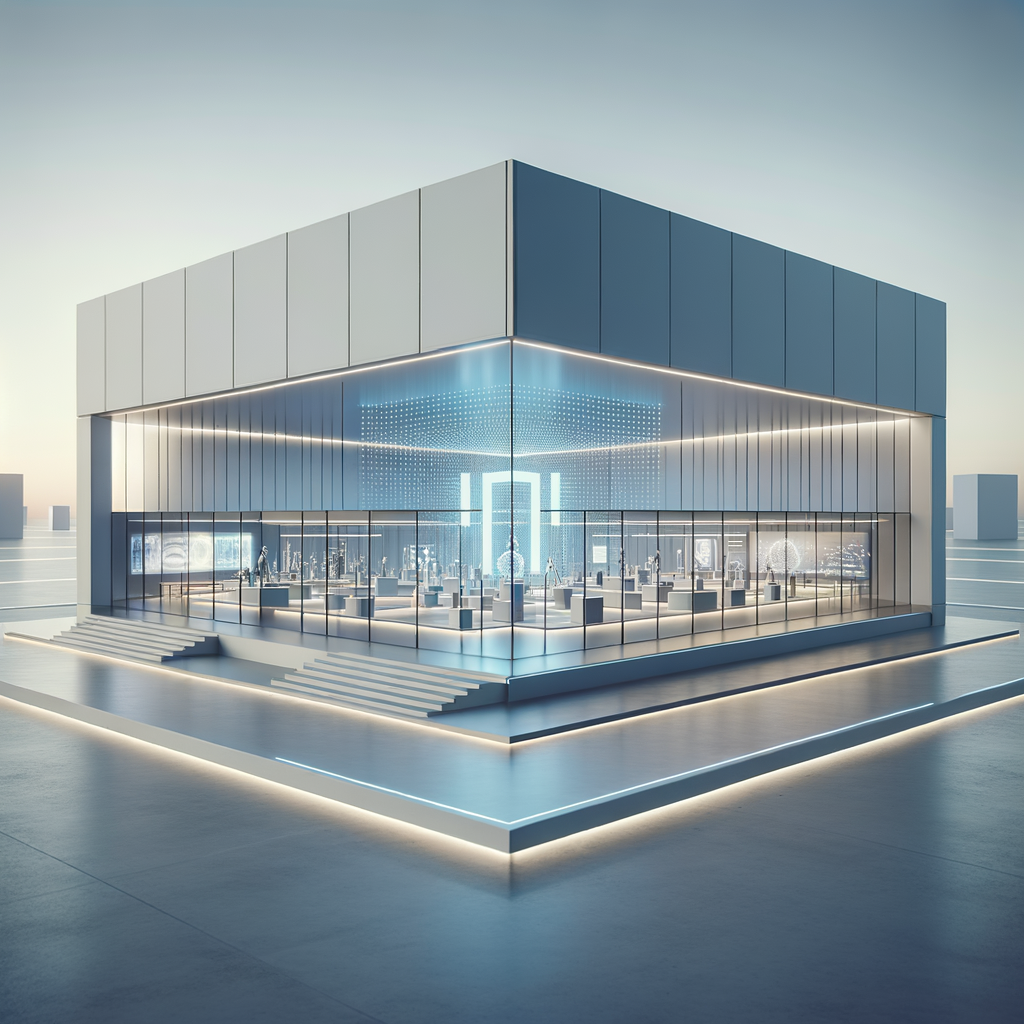
From Vision to Reality: Crafting AI Museums of the Future
Explore the transformative power of artificial intelligence in the world of museums, where AI aids in enhancing visitor experiences, curating personalized tours, preserving digital artifacts, and creating immersive exhibitions. This blog delves into the innovative ways AI is being integrated into museum environments to bring history, art, and culture to life like never before.
From Vision to Reality: Crafting AI Museums of the Future
In our rapidly advancing technological landscape, the role of artificial intelligence (AI) continues to expand into diverse fields, reshaping and redefining how we interact with the world around us. One of the most intriguing applications of AI lies in the realm of museums. Once confined to static displays and traditional curation methods, museums are now evolving into dynamic, interactive hubs of information, largely thanks to the advancements in AI technology. In this article, we will explore how AI is revolutionizing museums, bringing art, culture, and history to life with unprecedented vitality and relevance.
Reimagining Visitor Experience
AI technology is transforming how visitors experience museums by creating personalized and interactive encounters. No longer just passive observers, visitors can now engage actively with exhibits. Through AI-driven insights, museums can provide tailored recommendations based on individual preferences and past interactions.
Interactive Guides
Imagine walking through an art gallery with a digital companion that knows your tastes. AI-powered guides can offer insights at wish - providing augmented reality experiences, additional context on artworks, or directing attention to pieces likely to intrigue a particular visitor. This system leverages machine learning to continuously improve, learning from visitor feedback and preferences.
Immersive Experiences
One major focus for museums incorporating AI is creating fully immersive, interactive experiences. For instance, AI can reconstruct archaeological sites through virtual reality, enabling visitors to 'walk through' ancient civilizations as though they were truly there. Exhibits that once existed in a single location can now be accessed globally.
Automated Curation and Content Creation
AI is also changing the backend of museum operations. Traditional curation processes, which involved significant amounts of human labor and expertise, are being supplemented or, in some instances, replaced by AI systems.
Enhanced Storytelling
AI's ability to process and analyze large datasets allows curators to uncover stories and connections that might otherwise be overlooked. Machine learning algorithms can sift through historical records and data to find narratives that appeal to various audiences. These operations ensure that exhibitions remain thoroughly researched, relevant, and deeply engaging.
Dynamic Content Management
Dynamic exhibition environments that adapt to visitor interaction data are becoming a new norm. AI tools can manage digital content by learning from user interaction to update or alter displays and exhibits organically over time to maintain visitor engagement.
Preservation and Restoration
Preservation of cultural artifacts is a critical mission for museums worldwide, and AI technology is playing an evolving role in this domain as well.
Digital Archiving
By utilizing AI, museums can digitize collections more efficiently, ensuring these cultural treasures are preserved for future generations under even the most catastrophic scenarios. Automated cataloging, object recognition, and archival systems can work at a speed and scale impossible for humans alone.
Restoration and Replication
AI aids significantly in the restoration of artworks, filling gaps in knowledge by reconstructing digital restorations of damaged pieces. Furthermore, techniques such as 3D printing, guided by AI insights, allow for the creation of replicas of rare artifacts that can be analyzed and displayed without risking the original material.
Future Challenges and Considerations
While the integration of AI in museums offers tremendous opportunities, it's not without challenges and ethical considerations. As museums increasingly rely on visitor data to enhance experiences, issues of privacy and consent are at the forefront.
Ethical Data Use
The balance between enriching the visitor experience through personalized content and ensuring their data privacy must be carefully maintained. Museums face the challenge of embedding ethics within their AI systems to protect visitor rights while maximizing the cultural enrichment AI promises.
Maintaining Human Touch
Despite AI’s capabilities, the human element in museums remains irreplaceable. The knowledge, intuition, and emotional connection provided by human guides and curators cannot be entirely replicated by machines. Museums must strive to balance technological advancements with the irreplaceable cultural and emotional nuances provided by their human employees.
In conclusion, AI is driving significant and exciting changes in the museum sector, offering powerful tools to enhance both the preservation of cultural knowledge and the personalization of visitor experiences. As we look to the future, museums that embrace AI's potential may open new doors to the past, delivering cultural heritage experiences that are more engaging, inclusive, and accessible than ever before.